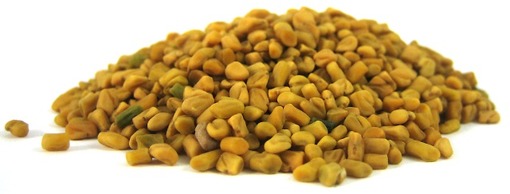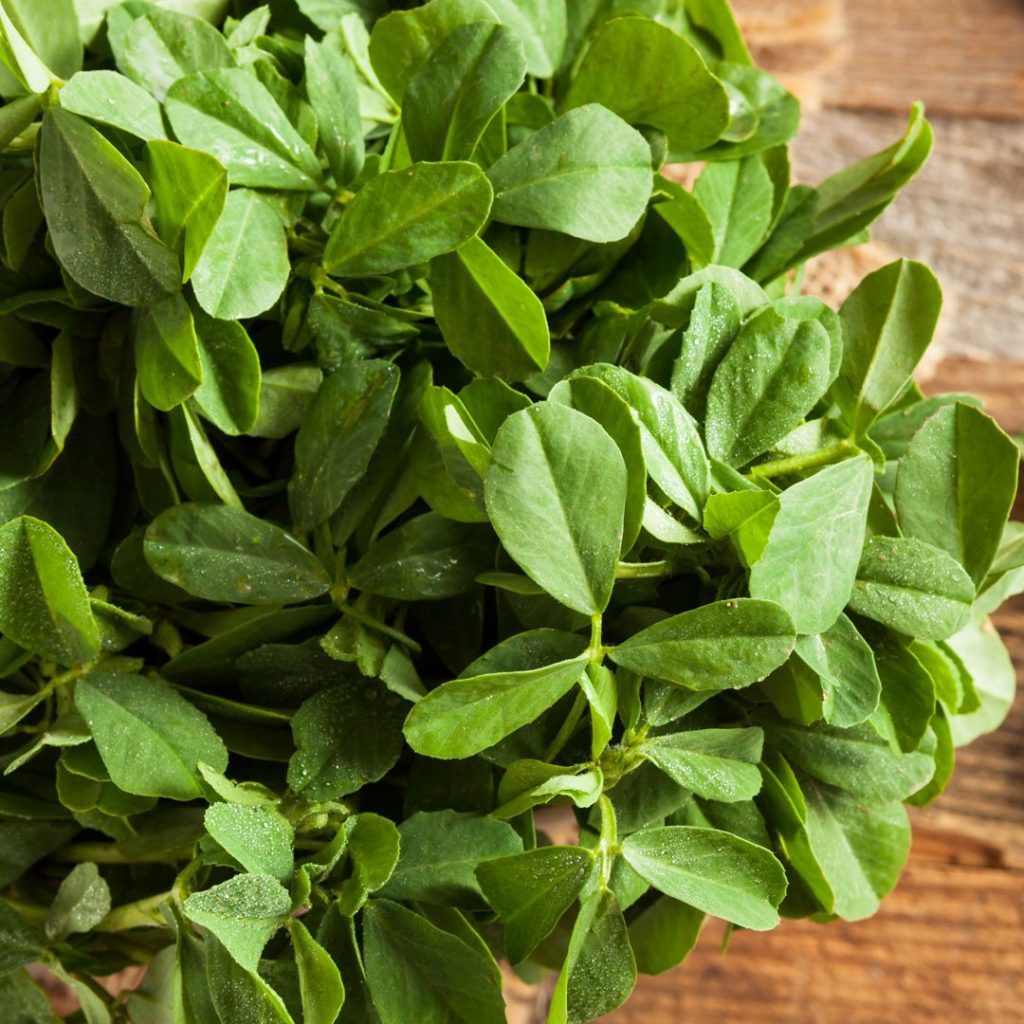Fenugreek is a herb native to the Mediterranian. It is an extremely useful and versatile herb that can be used in cooking, in cosmetics and most of all in healing many sicknesses. Although its seeds are available, the herb itself is difficult to find therefore we present you this informative article to teach you how to grow Fenugreek.
Besides being popular for its good health effects such as healing inflammation, and even improving digestive problems and lowering cholesterol, Fenugreek is also known to be a popular addition to cooking. In Indian, Persian, Egyptian and Ethiopian cuisines, it is widely used to prepare delicious recipes. It is used in salads and pickles.
You can grow Fenugreek in your garden or in a container. This healthy herb is easy to grow. All you need to do is to follow the below steps.
1. Obtaining the seeds

This herb does not grow by cuttings, therefore, you will need to obtain it. Unlike the herb, the seeds are widely available and you can buy them easily. Since this herb is mainly used in Indian curries and homeopathic medicine, you should try your local Indian grocery store or an herb shop.
As an alternative, you could always find it at online stores such as Amazon.com, Foodtolive.com, and Nuts.com. Whether you buy in online or from your local store, the seeds of Fenugreek should cost between 25 cents and 1 dollar per ounce.
2. Choosing a spot
Whether you are planting Fenugreek in your yard, in a 12 inches container or in a tray filled with soil, you need to choose a sunny spot. But, since fenugreek is a highly adaptable herb that does not require controlled conditions, it can also grow in a partial shade.
Keep in mind that whatever position you choose to plant your Fenugreek should be permanent. This herb dislikes transplanting, thus, either you grow it in a container or a permanent spot in your garden.
3. Best time for planting
Fenugreek grows and thrives better in warm soil. Therefore, it is recommended that you sow the seeds any times between spring and early autumn. If you live in a cold climate area, it is better to start before spring.
4. Preparing the soil
For Fenugreek to grow successfully it needs to be planted in a well-draining soil with loamy texture. It also requires a slightly acidic pH that ranges between 6.0 and 7.0. The perfect pH is 6.4 but as we said anything between 6.0 and 7.0 is adequate to grow Fenugreek.
Fenugreek seeds need to be constantly moist to germinate. Consequently, you need to make sure that your soil drains easily. The best way to ensure keep them moist without overwatering them is to break any large chunks of soil.
There are a few tricks that you could apply to make the soil drains better such as mixing in river sand. It is advisable that you add organic compost material and manure to fertilize the soil. Don’t forget to leave some space to cover the seeds with a potting mix.
If you are planning to sow the seeds in your garden, dig the ground 25 cm down. This will be enough to break any chunks of soil. If you are using a container to grow Fenugreek, don’t fill it to the top. Leave some space between the top of the soil and the edge of the container so after sowing the seeds you could cover them with potting mix.
5. Preparing the seeds
As you know, Fenugreek seeds need to be continuously moist, thus, you should soak them in water before you sow them. Keep them in water for a whole night. This will help them increase their germination rate. In the morning, drain the water and then you can plant the seeds.
6. Planting the seeds
Scatter the seeds in the location you chose to grow your Fenugreek. Scatter them randomly, you don’t have to worry about leaving space between each seed. Unlike most plants, Fenugreek seeds don’t need a certain amount of space to grow perfectly.
Then, cover the seeds with a potting mix. Fenugreek seeds don’t need to be deeply covered with soil, they only need a 1/4-inch cover. Check if the seeds are fully covered otherwise birds and other animals may eat them.
7. Watering
You will need to keep the soil constantly moist to help the seeds sprout. Water regularly to keep the soil well moistened. Keep watering till the seeds start to bud. Usually, it takes 5 to 7 days. Once the seeds bud, you could water them less frequently in order to avoid overwatering.
8. Pests and diseases
Fenugreek is a sturdy herb that does not face too many pests and diseases. However, there are a few ones that should be careful of such as powdery mildew, aphids, and charcoal rot. The latter is mainly caused by overwatering, therefore make sure that you water your plants carefully.
9. Harvesting
After 3 weeks, the seedlings are usually ready to be harvested. You could recognize that it is harvesting time when the height of the sprouts reaches 6 inches tall. All parts of Fenugreek are edible but it is up to you to choose which part you want to eat.
If you want to eat the leaves, you should either cut the plant at the stem few centimeters above the soil or you pull it out. For the seeds, when the pods on the plant become yellow, it means they are fully ripened and they are ready to be harvested. Harvest them before the pods open.
10. Replanting
If you want to keep enjoying Fenugreek, you should sow seeds every 2 to 3 weeks. You could sow seeds in different areas or if you want to use the same spot, make sure that when you harvest your plants, you pull them by the roots. Check if there are any remainings and remove them. Then your spot is ready to grow Fenugreek again.
These are the easiest 10 steps to maintain a constant supply fo fenugreek. Follow these steps and you will enjoy this healthy delicious plant for several months. There are other healthy herbs you could learn to how to grow such as betel leaf and safflower.
If you are looking for decorative herbs, check out this wonderful selection of the best herbs to grow indoors.
We are eager to help you garden, contact us if you need any more information or tips.



